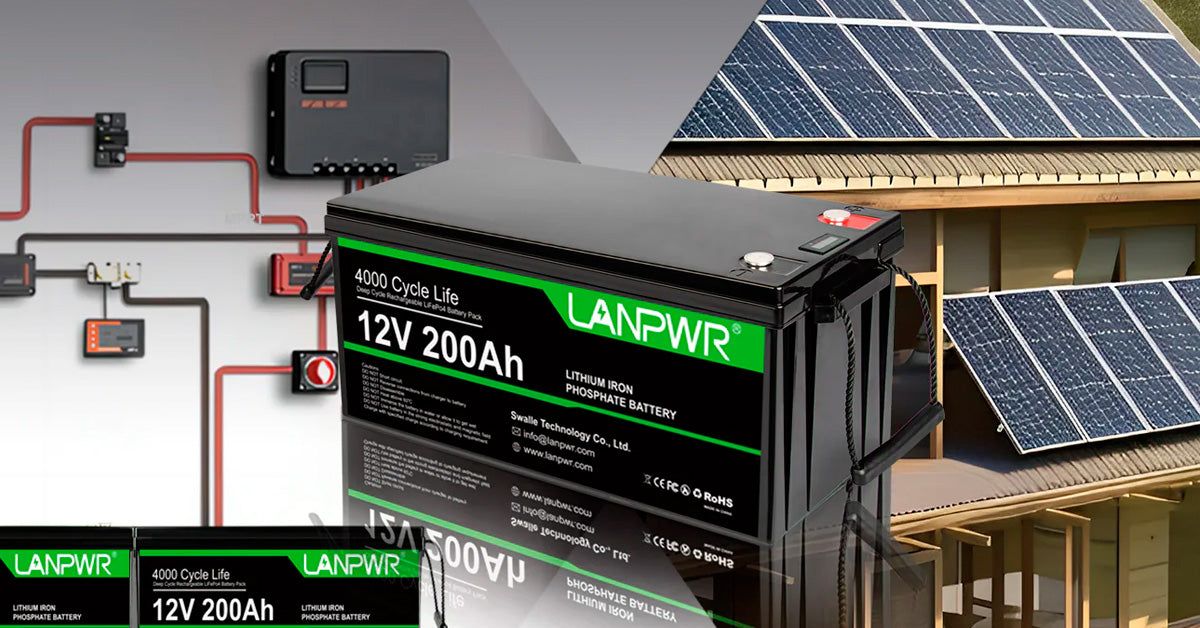In an era where reliable access to power is crucial, especially during emergencies or outdoor activities, portable power stations and generators have become indispensable tools. While both serve the purpose of providing electricity, they differ significantly in terms of functionality, usability, and technology. This article delves into the key differences between portable power stations and generators, helping you make an informed decision based on your specific needs.
1. Definition and Basic Functionality
Portable Power Station:
A portable power station, also known as a battery-powered generator or solar generator, is a compact, rechargeable device designed to supply power without the need for fuel. It stores electrical energy in a built-in battery and can be charged using various sources like solar panels, AC outlets, or car chargers. Portable power stations are ideal for powering small electronic devices such as smartphones, laptops, and medical equipment.
Generator:
A generator is a machine that converts mechanical energy into electrical energy using an internal combustion engine. Generators typically run on gasoline, diesel, propane, or natural gas. They are designed to provide a continuous power supply for larger appliances and tools, making them suitable for home backup during power outages or for use on construction sites.
2. Power Output and Capacity
Portable Power Station:
Portable power stations usually offer lower power output compared to traditional generators. Their capacity is measured in watt-hours (Wh), which indicates how much power they can store and deliver. Most portable power stations range from 100Wh to 2000Wh, making them suitable for light to moderate energy needs.
Generator:
Generators are available in a wide range of power outputs, typically measured in watts (W) or kilowatts (kW). They can deliver from a few hundred watts to several thousand watts, with larger models capable of powering an entire home or heavy-duty equipment. This makes generators more suitable for high-energy demands and prolonged use.
3. Fuel and Energy Source
Portable Power Station:
Portable power stations rely on rechargeable batteries, which can be recharged using solar panels, AC outlets, or car chargers. This makes them environmentally friendly and quiet in operation. They do not emit fumes or require fuel storage, making them safe for indoor use.
Generator:
Generators use fuel such as gasoline, diesel, propane, or natural gas to operate. While this provides a reliable and robust power source, it also means dealing with fuel storage, potential spills, and exhaust emissions. Generators are generally noisier and can pose safety risks if not used properly, especially in enclosed spaces.
4. Portability and Ease of Use
Portable Power Station:
Portable power stations are designed for ease of transport and use. They are typically lightweight, compact, and come with carrying handles or wheels. The operation is straightforward, involving simple plug-and-play functionality. These features make them ideal for camping, road trips, and other outdoor activities where mobility is crucial.
Generator:
Generators, especially those with higher power outputs, can be heavy and bulky. While some portable models exist, they often require more effort to move around. Additionally, operating a generator involves more steps, such as fueling, starting the engine, and managing fuel levels. This makes generators less convenient for frequent transport and use in varied locations.
5. Maintenance and Longevity
Portable Power Station:
Maintenance for portable power stations is minimal. The primary concern is ensuring the battery remains charged and in good condition. With no moving parts or combustion processes, there is little wear and tear, resulting in a longer lifespan with less frequent maintenance.
Generator:
Generators require regular maintenance to ensure reliable operation. This includes checking and changing oil, replacing air filters, and monitoring fuel quality. The internal combustion engine and moving parts are subject to wear and tear, which can affect the generator's longevity and performance over time.
6. Environmental Impact
Portable Power Station:
With no emissions and the ability to recharge using renewable energy sources like solar power, portable power stations are environmentally friendly. They contribute to a smaller carbon footprint and reduce dependence on fossil fuels.
Generator:
Generators produce emissions, including carbon monoxide, which can be harmful to the environment and human health. The use of fossil fuels contributes to pollution and climate change. While some generators are designed to be more fuel-efficient and environmentally friendly, they still have a larger environmental impact compared to portable power stations.
Summary
Choosing between a portable power station and a generator depends on your specific power needs and usage scenarios. If you require a compact, environmentally friendly, and easy-to-use power source for small devices and short-term use, a portable power station is an excellent choice.














Leave a comment
This site is protected by hCaptcha and the hCaptcha Privacy Policy and Terms of Service apply.